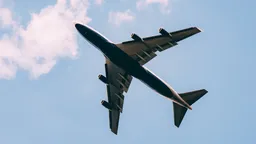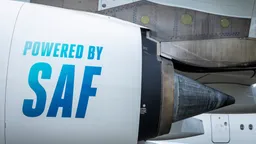Interested in this kind of news?
Receive them directly in your inbox. Delivered once a week.
EU member states decided not to allow the use of offsets to meet European climate goals after 2021. Yet Europe is now endorsing an approach at ICAO (the International Civil Aviation Organisation) to address international aviation emissions using the same approach that this report so thoroughly discredits.
What are the potential pitfalls of offsets? According to the report, most of the projects carried out made false assumptions of alternative scenarios or the projects were likely to have happened anyway.
The global market-based measure adopted last October by ICAO relies exclusively on offsetting in its attempt at “carbon neutral growth” for aviation from 2020. To make matters worse, that ICAO agreement so far fails to include important safeguards which would exclude the worst types of offsets. For example, excluding forestry credits, introducing a negative list – a list which automatically excludes the worst quality offsets – or ensuring adequate transparency about the offsets used.
The European Commission’s June 2016 Low-emission Mobility paper indicates that the EU will rely almost exclusively on ICAO’s weak global agreement to address Europe’s soaring aviation emissions. This report’s findings show why this is an inherently risky strategy, and with CDM offsets trading for as little as €0.50 a tonne, the European strategy represents special treatment for this most carbon-intensive of sectors. Also, prices that are this low do not incentivise greater aircraft efficiency.
T&E’s aviation manager Andrew Murphy said: ‘This study is a wake-up call to the world that relying solely on offsets to address aviation’s climate impact is unsustainable. The EU must, at a minimum, ensure that the worst offset projects are excluded from the ICAO scheme to avoid greenwashing by the airline industry, the fastest growing source of greenhouse gas emissions.’
Emissions in Europe’s aviation sector rose by 8% in 2016 to 61.6 million tonnes of CO2e, according to new data released by the European Commission. In the same period emissions from all other ETS sectors declined.


